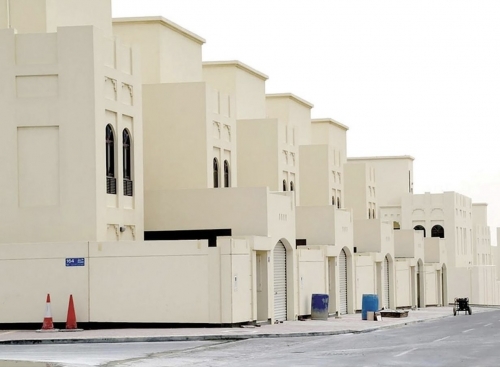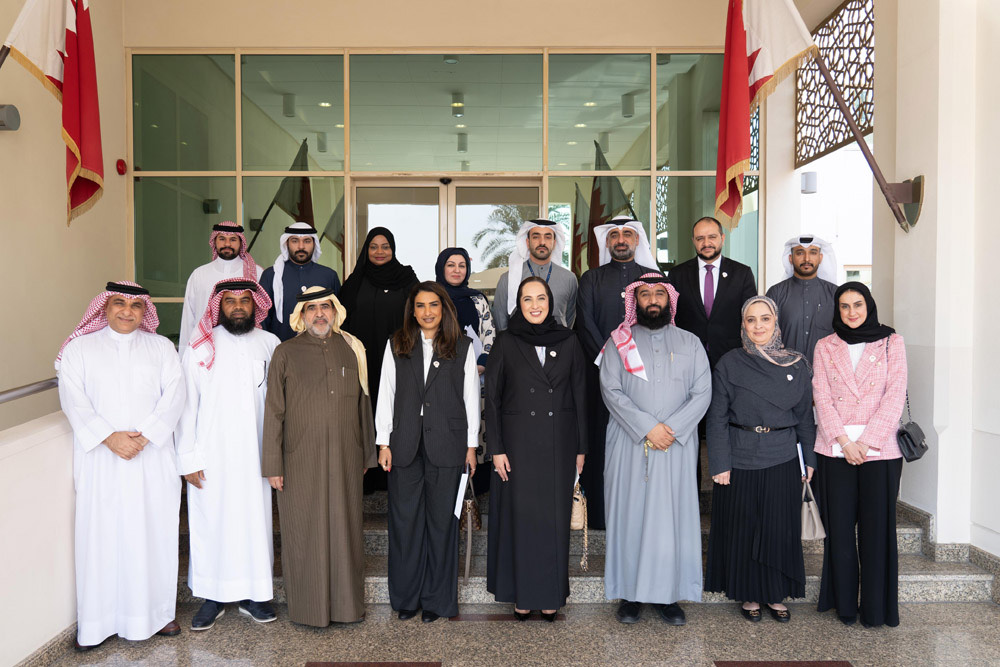47,000 Bahrainis left waiting for a roof over their heads
TDT | Manama
Email: mail@newsofbahrain.com
More than 47,000 Bahrainis are still waiting for government housing, with some requests stretching back over two decades, a parliamentary investigation has found.
The inquiry, launched to examine the Ministry of Housing and Urban Planning’s methods, uncovered a system that has steadily drifted away from its founding principle.
Those who have waited longest were meant to be first in line.
Findings
Instead, according to the findings, housing is handed out through a patchwork of local preference schemes and vague ministerial discretion, leaving the queues as long and restless as ever.
Among the requests still stuck in the system, more than 44,000 related to housing units.
The northern governorate bears the heaviest load with more than 20,000 outstanding requests.
The capital follows with over 12,000. Muharraq and the southern governorate account for the rest.
Distribution rules
The ministry insists it uses a blend of national seniority and local distribution rules, but the committee found the real-world outcome to be less even.
Families with old requests have been passed over as projects sprang up closer to home for others.
The longer the queues grew, the sharper the grievances became.
Concerns
Central to the concerns raised is the ministry’s wide discretion to set aside seniority for socalled “special circumstances”.
No public list of such circumstances exists.
The committee said this allowed for choices to be made behind closed doors, giving citizens little sense of how or why others moved ahead.
The numbers tell their own story. Requests for units from 2002 alone number 1,067.
Meanwhile, older cases of requests for plots and apartments date back to 2013 and 2015, respectively.
Many of the applicants have lived through years of rising property prices, climbing rents, and squeezed household budgets, with no clear path to a home of their own. The ministry pointed to financing schemes like Mazaya and Tas’heel as ways to move the lists along.
The schemes, it said, gave people quicker ways to buy homes from the private market.
Applicants
Yet the committee found their reach to be limited. Only 17.7 per cent of applicants had been helped through such routes over the past three years.
Questions were also raised about who could actually make use of the finance on offer. Many lower-income families were left out.
Loans, set by banks, came with strict terms that often pushed affordable housing out of reach. Rising market prices added another barrier.
The inquiry highlighted inconsistencies in the ministry’s own data.
Financial schemes
In one part of its response, it said 8,000 people had benefited from financing schemes since 2022.
Elsewhere, it claimed 13,000. No clear answer was given to explain the gap.
Costs of direct government housing projects came under scrutiny too. A standard unit now carries a sticker price of about BD128,871.
State support
Applicants are asked to pay BD42,000, backed by state support.
However, the land beneath the houses, said to be a royal grant, has been included in that total cost, something the committee said skews the figures.
The findings pointed to a deeper strain. Housing, once seen as a building block of social order, has become a source of division.
sdfdsf
Related Posts


